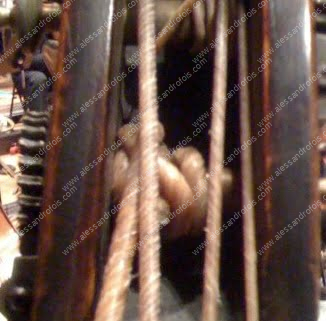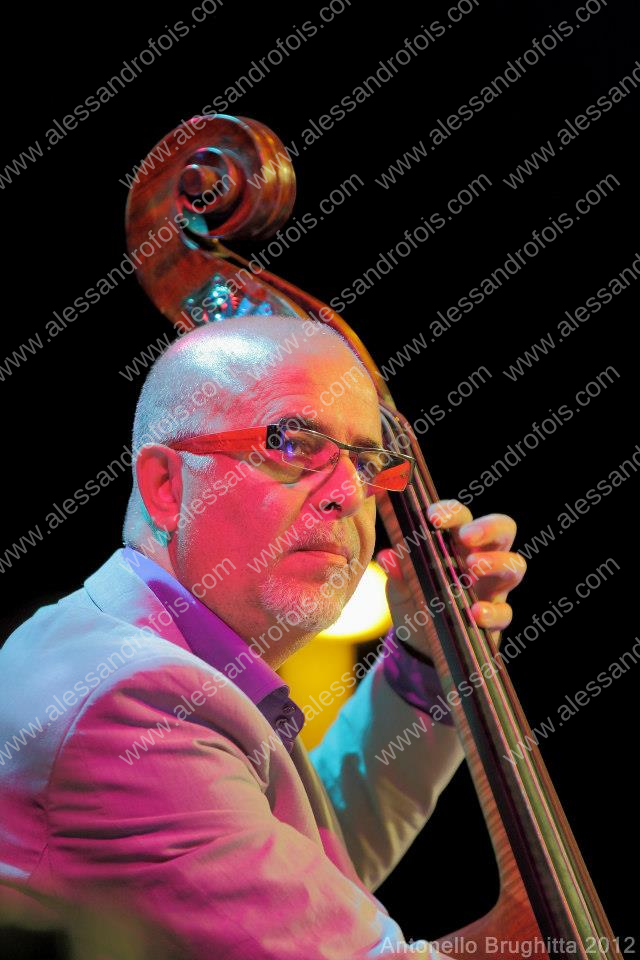Steel or Gut? the best strings for the double bass
- Author Profile
- Recent posts
Interested in jazz, classical music on original instruments, radical improvisation. Diploma from the Cagliari Conservatory. He has been active on the jazz scene since around 1980. He has played in symphony, opera and chamber music orchestras since 1985. He has been teaching double bass since 2001, and classical double bass, jazz and ensemble music at the Cagliari Conservatory since 2004.
Steel or Gut?
Many people ask me why I use gut strings, something that is viewed with awe by most. "What, do you use gut for jazz too?" or "Do you use gut in the orchestra too? But how do you do it?" As if there is only one repertoire suitable for gut strings.
However: gut is undoubtedly better.
I started playing the double bass in about 1975, self-taught, back then of course I knew nothing about strings, how to use the bow, jazz etc. Back then I liked the sound with a lot of sustain, little attack and a bit 'meowy', (today I find it hideous). Pick-ups were few, expensive and had a bad sound. I remember the Polytone, a kind of screw that was installed between the feet of the bridge, the Barcus Berry, a piezo bar to be attached to the bridge with a sticky putty, and the Underwood, a double piezo to be inserted in the folds of the bridge. The latter in particular had the characteristic of a medium, nasal sound with a lot of sustain.

Anonymous Italian instrument - late 18th century
Ropes
But back to the strings: the best ones for me then were the Thomastik Spirocore, strings that sound the same on almost any instrument, a plus if you have a lousy instrument, a minus if you are lucky enough to own an excellent Italian instrument from the last century.
It was in 1989, when I started playing in a baroque music group, that I installed gut strings on my instrument. At first it was a shock: everything I had learnt at the conservatory seemed not to work, but then I realised that everything became easier. I had to use a little bow (slow bow) very close to the string and closer to the bridge, but I had twice the sound. The attack was immediate, without any inertia, the sound brilliant and full of harmonics and at the same time deep, very clear and sharp in fast passages. With the pizzicato then, the sound was much shorter, but round and percussive. To put it in comic language, I had gone from a double bass that goes 'meow' to a double bass that goes 'boom'. In short, another world. It's not just a question of 'historically informed performance', it's much better. After all, until the 1950s hardly anyone used steel strings. Ray Brown, Paul Chambers, Oscar Pettiford, Scott LaFaro, Charles Mingus in jazz; and in classical music one for all: Giovanni Bottesini, considered the greatest double bass player of all time. All the greatest double-bassists played with gut, and today some people wonder but how did they do it? Even in the electric bass, although gut could not be used because magnetic pick-ups only work with metal, all the best lines motown were recorded with a Fender precision and flatwound strings, which for the electric bass is like using gut, 'fat' sound and little sustain, i.e. maximum punch and rhythm.
Defects?
The flaws? The cost. The construction of gut strings is done almost entirely by hand, by skilled craftsmen who have done their research to find the best 'recipes', based on texts from the past and a few ancient strings that, defying the ravages of time, have survived to the present day. So, the cost can vary from 400 to 1000-1200 euros and more, the wetsuit. Another possible flaw is that being organic material, the strings may differ (by very little) from one to another, even if they come from the same string-maker. Like the instruments, after all.






Leave a Reply
Want to join the discussion?Feel free to contribute!